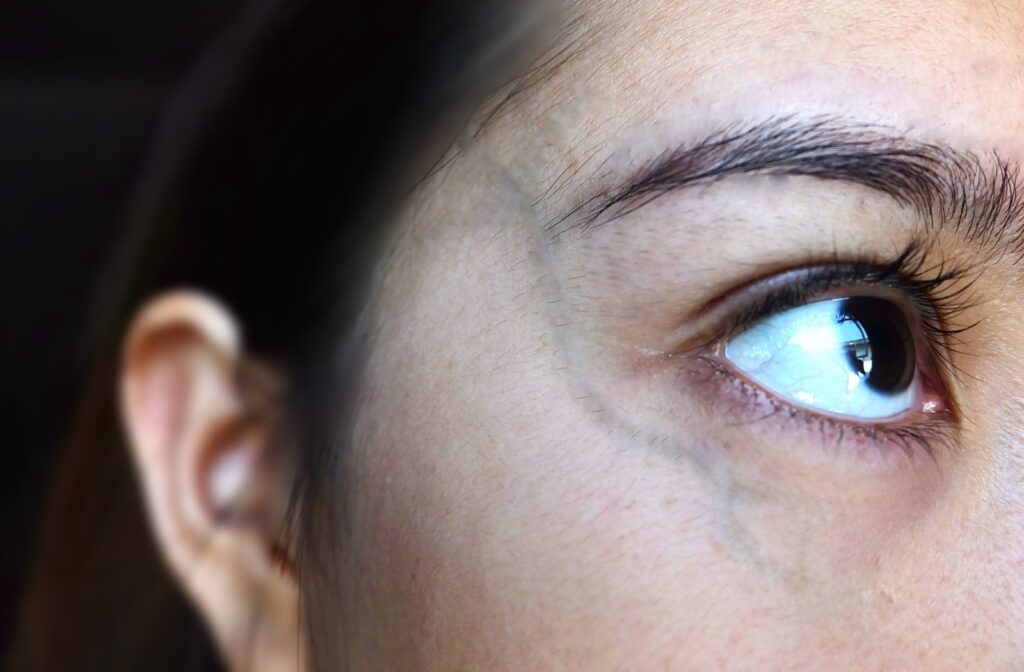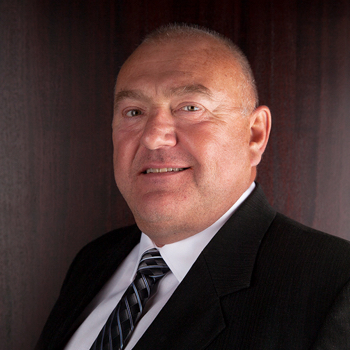Spider veins—those tiny, web-like patterns visible just underneath the skin—are a common concern for many. Here, we’ll unravel the truth behind spider veins, identify potential risks, and evaluate both natural and clinical ways to address them, helping prepare you to take the proper steps toward skin health and wellness.
Spider veins are typically cosmetic in nature and not considered dangerous. They can often be easily remedied through a proper course of treatment involving light therapy. There are also natural methods, like changing your diet and managing your weight, along with the clinical remedies, such as sclerotherapy, laser therapy, and surgery.
Understanding Spider Veins
Spider veins, medically known as telangiectasia, are small, dilated blood vessels that appear close to the surface of the skin, often resembling a spider’s web. Typically bluish, purple, or red, they are most common on the legs and face.
While spider veins can develop in anyone, individuals with certain risk factors, such as those with a family history of vascular issues, may be more prone. Additionally, hormonal fluctuations and occupations requiring long periods on one’s feet can increase susceptibility.
Causes of Spider Veins
The underlying culprits of spider veins are diverse, ranging from genetics and family history to lifestyle factors. Poor circulation due to prolonged sitting or standing can lead to these vascular patterns, as can hormonal shifts and conditions like pregnancy, which place additional stress on circulation.
Are Spider Veins Potentially Dangerous?
By and large, spider veins are considered more of a cosmetic annoyance than a health threat. However, they can sometimes cause discomfort, and in rare cases, they may be indicative of underlying venous insufficiency. If spider veins are accompanied by symptoms like swelling, soreness, or a heavy feeling in the legs, it’s critical to seek professional evaluation.
However, spider veins are a common cosmetic concern that can be addressed through various treatment options. However, it’s crucial to seek professional guidance to determine the appropriate course of action for your specific needs. Remember to prioritize self-care and consult with a specialist for personalized recommendations.
Natural Ways to Remove Spider Veins
Several natural strategies may improve the appearance of spider veins or slow their development:
- Exercise & Physical Activity: Regular physical movement can improve circulation and vein strength. Low-impact activities such as walking, swimming, or yoga can be highly beneficial.
- Compression Stockings: These specially designed socks apply gentle pressure to the legs, promoting better blood flow and potentially reducing the likelihood of new spider veins forming.
- Dietary Changes & Supplements: Incorporating a balanced diet with plenty of antioxidants and anti-inflammatory foods, coupled with targeted supplements, could improve vascular health.
While these approaches can be helpful, it’s essential to recognize their limitations in entirely eradicating spider veins.
Improving Vascular Health Through Diet
Here is a list of dietary changes and supplements that can potentially improve vascular health:
- Antioxidant-Rich Foods: Incorporate a variety of antioxidant-rich foods such as fruits (high in Vitamins C and E), vegetables, nuts, and seeds into your diet. These foods can help reduce oxidative stress in the body and support vascular health.
- Anti-Inflammatory Foods: Include anti-inflammatory foods like fatty fish rich in omega-3 fatty acids (EPA and DHA) to help reduce inflammation and promote heart health.
- Increase Fibre Intake: Opt for fibre-rich foods such as whole grains, legumes, fruits, and vegetables to help maintain healthy cholesterol levels and support overall cardiovascular health.
- Limit Sodium: Reduce your sodium intake as part of your dietary interventions for better arterial health, especially if you are managing conditions like peripheral artery disease.
- B-Complex Vitamins: Consider incorporating B-complex vitamins into your diet to support healthy circulation and vein health.
- Vitamin C & E: Have an adequate intake of Vitamin C and Vitamin E through foods or supplements to promote vascular health and reduce the risk of cardiovascular diseases.
Clinical Removal Methods
For those seeking more definitive solutions, there are clinically-backed treatments, each with its own set of considerations:
- Sclerotherapy: This time-tested procedure involves injecting a solution directly into the vein, causing it to collapse and fade. It’s regarded as the gold standard for spider vein treatment.
- Laser Therapy: A noninvasive option, laser therapy uses targeted light to constrict spider veins without making physical incisions.
- Surgery: This is reserved for the most severe cases. Surgical interventions can remove problematic veins, though this is rarely necessary for spider veins.
- Intense Pulsed Light (IPL) Therapy: This treatment uses intense light pulses of light to minimize the appearance of spider veins.
With advancements in medical technology, these treatments are becoming increasingly effective and accessible.
The Underlying Health Condition Factors
In addition to these methods, you may need to address underlying health conditions that can contribute to the development of spider veins. This includes managing diabetes, high blood pressure, and obesity.
It’s also essential to remember that while lifestyle changes and medical treatments can help reduce the appearance of spider veins, they cannot completely prevent them from forming in the future. Genetics plays a significant role in their development, so it’s essential to monitor and manage any existing issues proactively.
A Few Final Notes
With an array of natural management tactics and clinical options available, it is possible to tackle spider veins effectively. Above all, it’s crucial to consult with healthcare professionals who understand the intricacies of skin care.
At Beautify @ Dr. Bishop’s, our commitment to your well-being guides every recommendation we make, providing you with tailored advice and solutions. Remember, whether you choose to live with spider veins or seek treatment, your choice regarding them is deeply personal and should align with your comfort and wellness goals.
Our expert team is here to support you every step of the way, empowering you with knowledge and quality care. Reach out today to learn how we can help. Schedule a consultation today.




